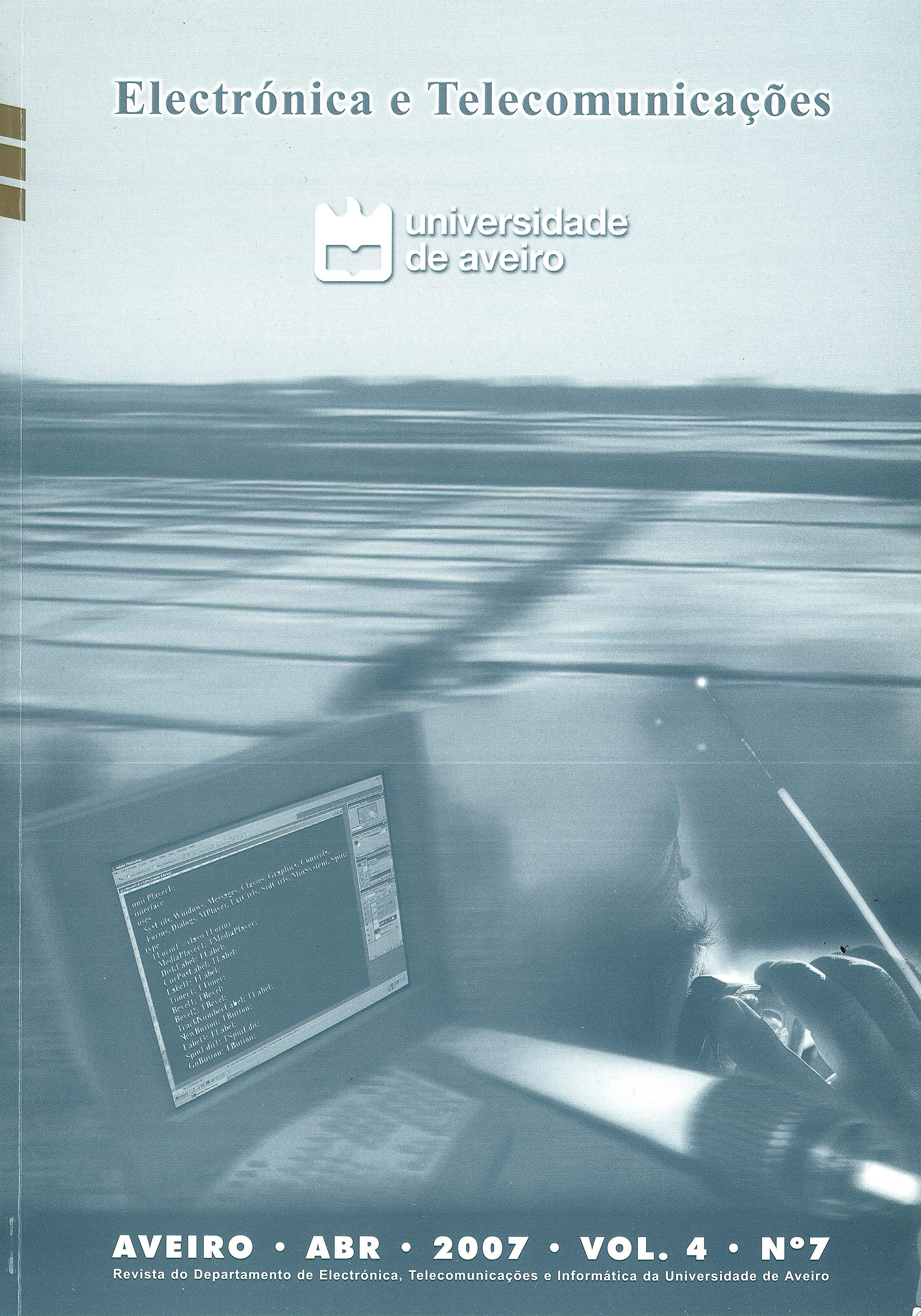Basics of drug transport & delivery and radiopharmacy for nuclear medical applications
Resumo
Radiopharmaceuticals are pharmaceutical substances which contain a radionuclide within their structure, not eliciting any physiological response. Radiopharmaceuticals can be used as imaging agents, function agents, in vitro studies and therapeutical agents. There are several criteria for radionuclide selection concerning in vivo applications: half-life, radiotoxicity, purity, specific activity, accessibility vs production cost. The design of radiopharmaceuticals is based upon physiological function of the target organ. The mechanism of localization of a radiopharmaceutical in a particular target organ depends on many processes: antigen-antibody reactions, physical trapping of particles, receptor site binding, removal of intentionally damaged cells from circulation, and transport of a chemical species across a cell membrane and into the cell by a normally operating metabolic process. There are many radiopharmaceutics for a large number of Nuclear medicine studies, each one enabling the visualization of a specific organ function/morphology in order to achieve a diagnosis and/or therapy.




